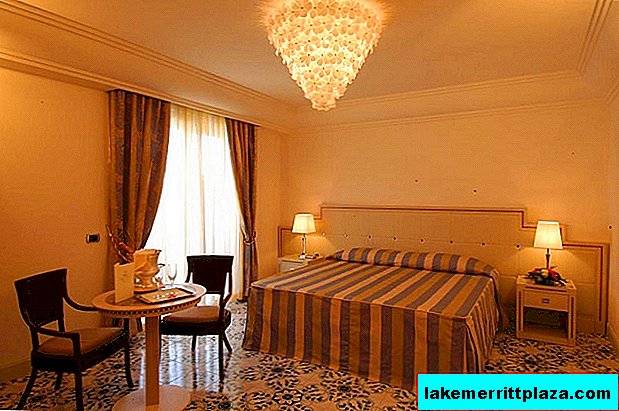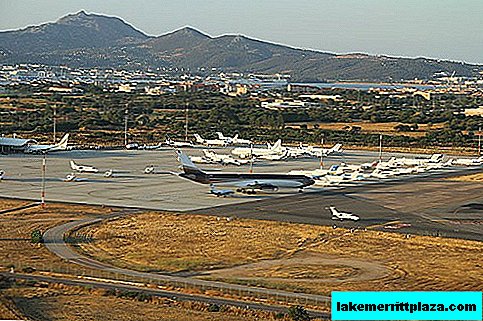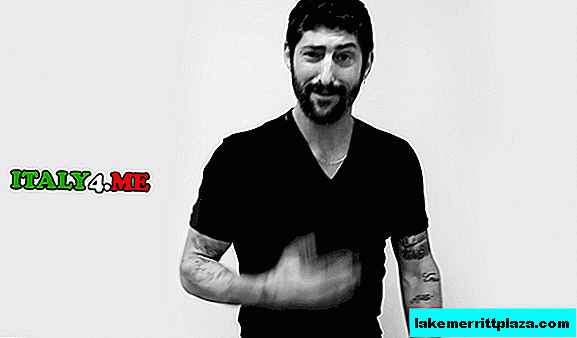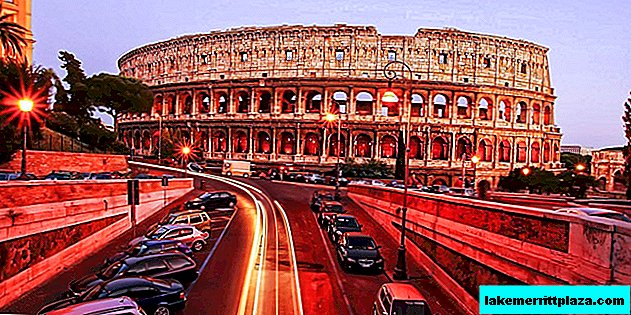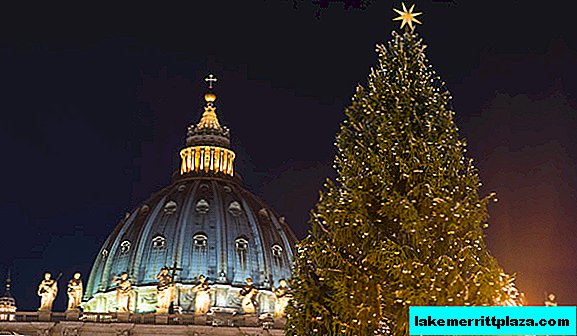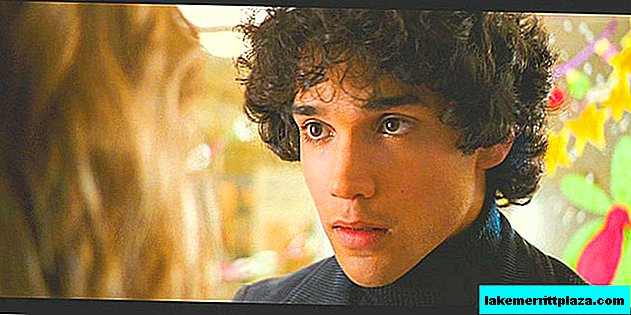Villa Borghese is a Roman park located on Pincho Hill. At the beginning of the 17th century, on the territory of former vineyards, Cardinal Scipio Borghese ordered the park to be laid out and decorated with antique statues. The villa was built in the park by the architect Flaminio Poncio according to the sketches of Cardinal Borghese himself.
Today, this landscaped park, executed in the English manner, occupies the third place in Italy in its area.
In the 18th century, an artificial lake with an island was laid out in the center of the park. A temple was built on the island to the god of healing. In 1903, the park was presented to the city. From Rome, Villa Borghese can be reached by the steps of another attraction - the Spanish Steps. The second main entrance is located in Piazza del Popolo. Today, all 80 hectares of the park are open to visitors. Beautiful sculptures and monuments, various pavilions and fountains are adjacent to green Italian pines (pines), thick laurels and high magnolias. In addition, the park of Villa Borghese has playgrounds, public telephones, toilets and cafes. At the bike rental point you can rent a four-wheeled bicycle or a golf car for a more dynamic walk in the park.

The buildings scattered throughout the park include the City Zoological Museum, the zoo, the Botanical Garden, the National Gallery of Modern Art, and the National Etruscan Museum. Equestrian exhibitions and parades are held annually on Siena Square. The Borghese art gallery exhibits a rich collection of sculptures, paintings and other works of art that previously belonged to the Borghese family.
Among the exhibits are works by Bernini, paintings by Botticelli, Raphael, Titian. In the National Gallery you can find out about the main artistic directions of the 19-20 centuries. This famous art museum consists of 75 halls, in which more than 5 thousand exhibits are exhibited. Villa Julia houses the National Museum, which features a large collection of Etruscan art.

Park Villa Borghese is a favorite vacation spot for both guests and residents of Rome. It will give you the opportunity to relax from the bustle of the city center. From the observation deck of the park offers a beautiful panorama of Rome and a view of the Piazza del Popolo.

